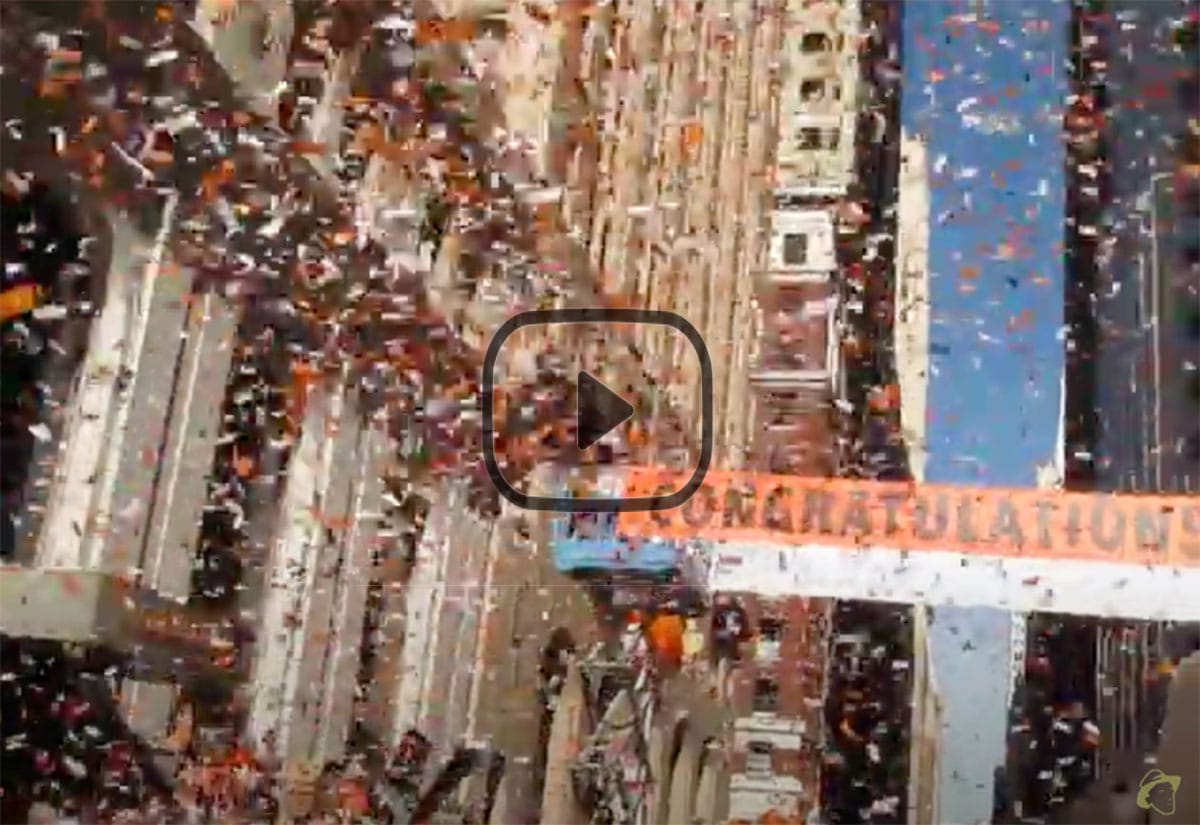Grab Bag #41
World Series parade, gas stations, and Great Highway history—a San Francisco grab bag.

The major league baseball playoffs have begun. Alas, the San Francisco Giants are all home watching them on TV. And as for the A’s... well... let’s not go there right now.
Like many boys, playing baseball with my friends not only included mimicking the signature stances, bat swings, and pitching wind-ups of big-league players, but also pretending to revel in the roar of the crowd after hitting the game-winning home run, completing the no hitter, or winning the World Series.
I was cut early from the freshman baseball team at Sacred Heart High School and that was that. No on-field glory for me.
But I can tell you what it’s like to be in a World Series parade.

Top three moment in my life.
There’s no way another event can break into the trio of marrying Nancy, watching Miranda be born, and standing next to Jeffrey “HacMan” Leonard waving to thousands of deliriously screaming Giants fans.
The Giants winning Game 5 in Texas may have been my #3 for two whole days. Then my friends Marilyn and Robert Katzman, who owned a historic fire truck, got the call to help out with the victory parade. They were to ferry former Giants on the route. They asked if I wanted to ride along.
I did.

